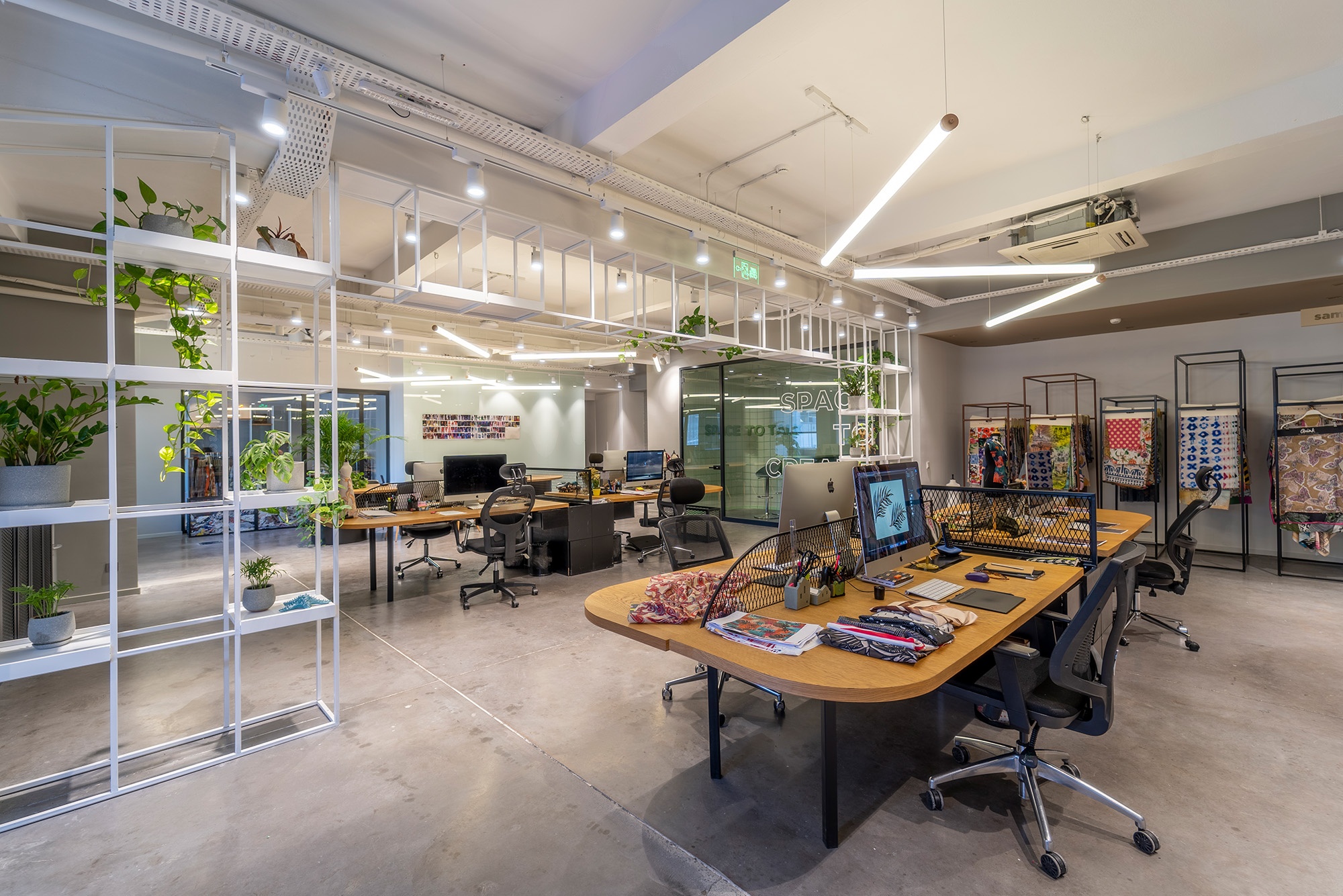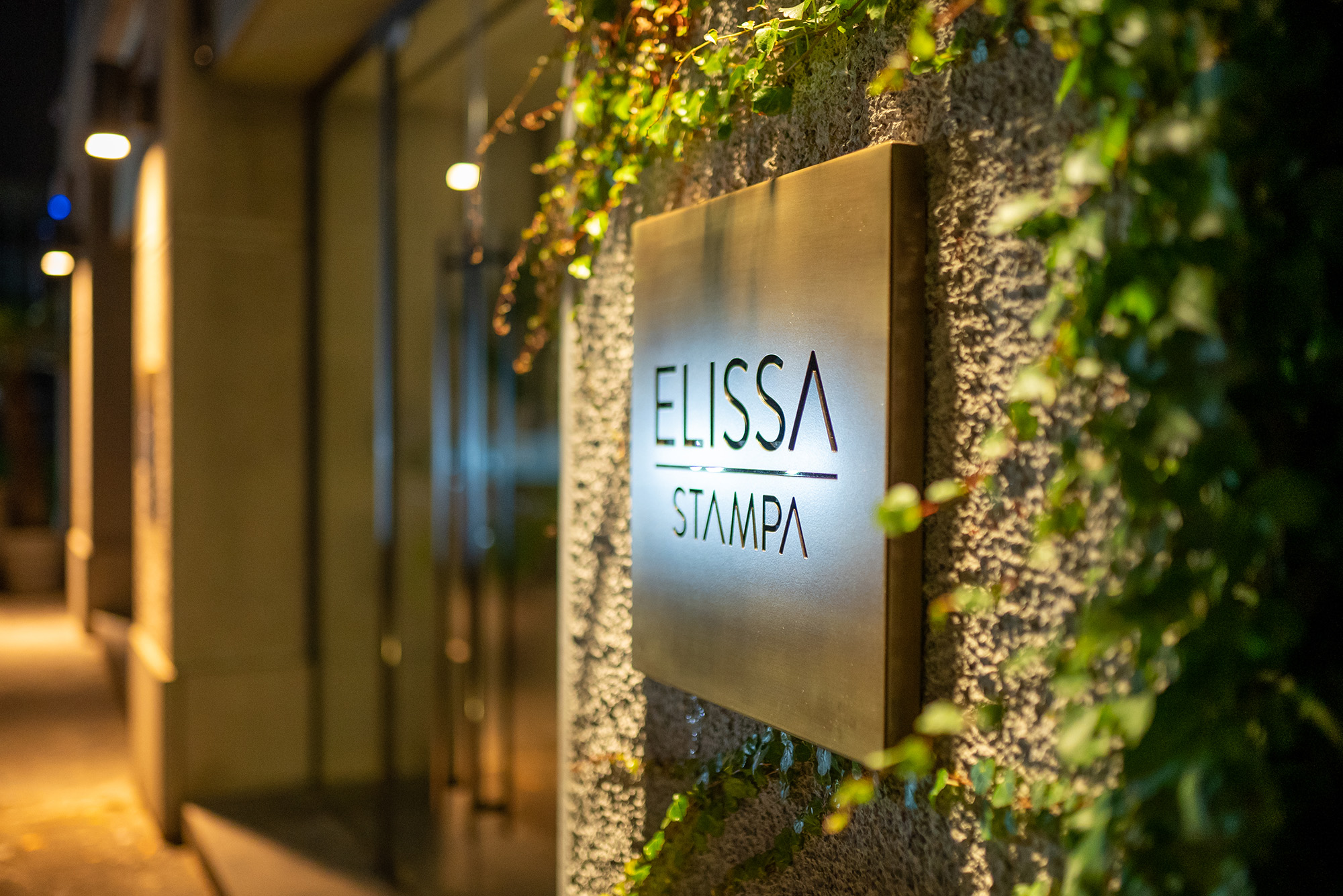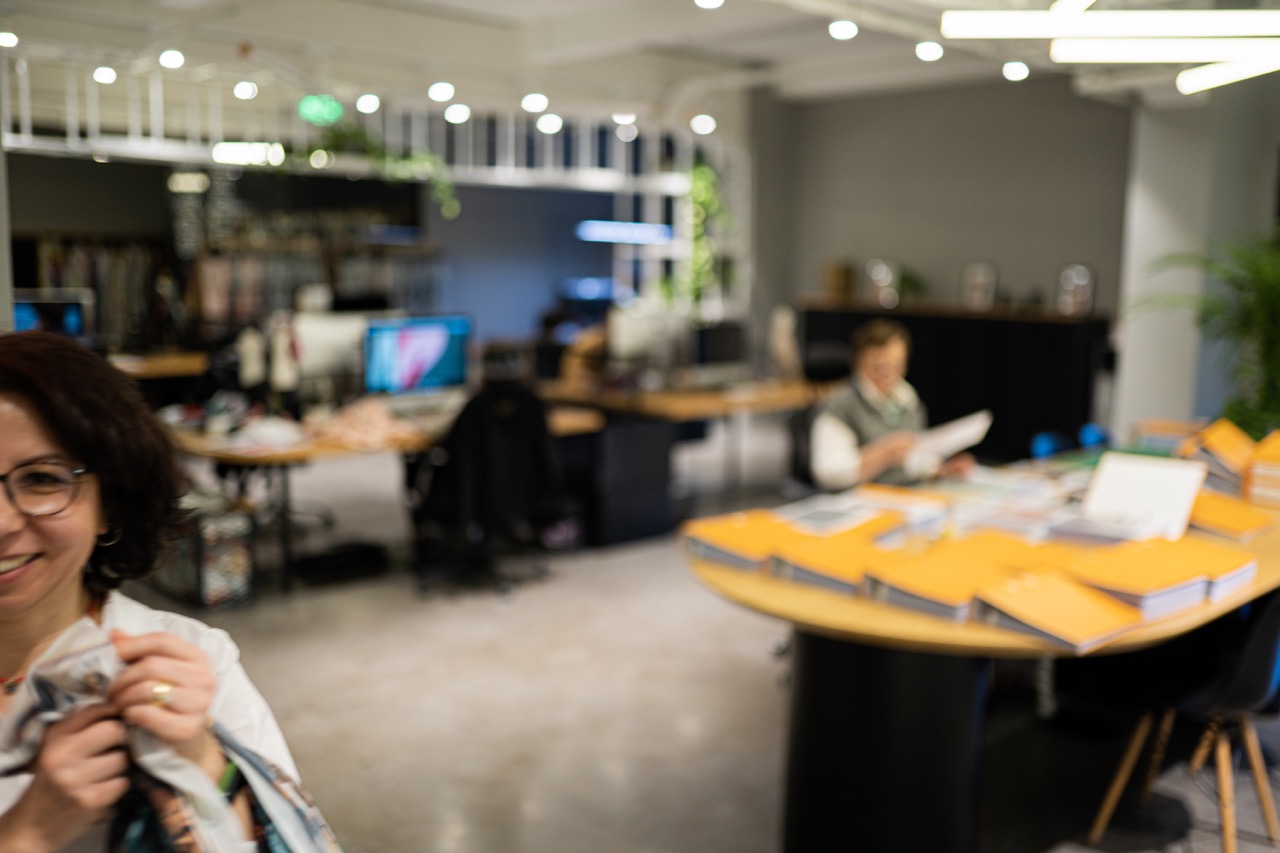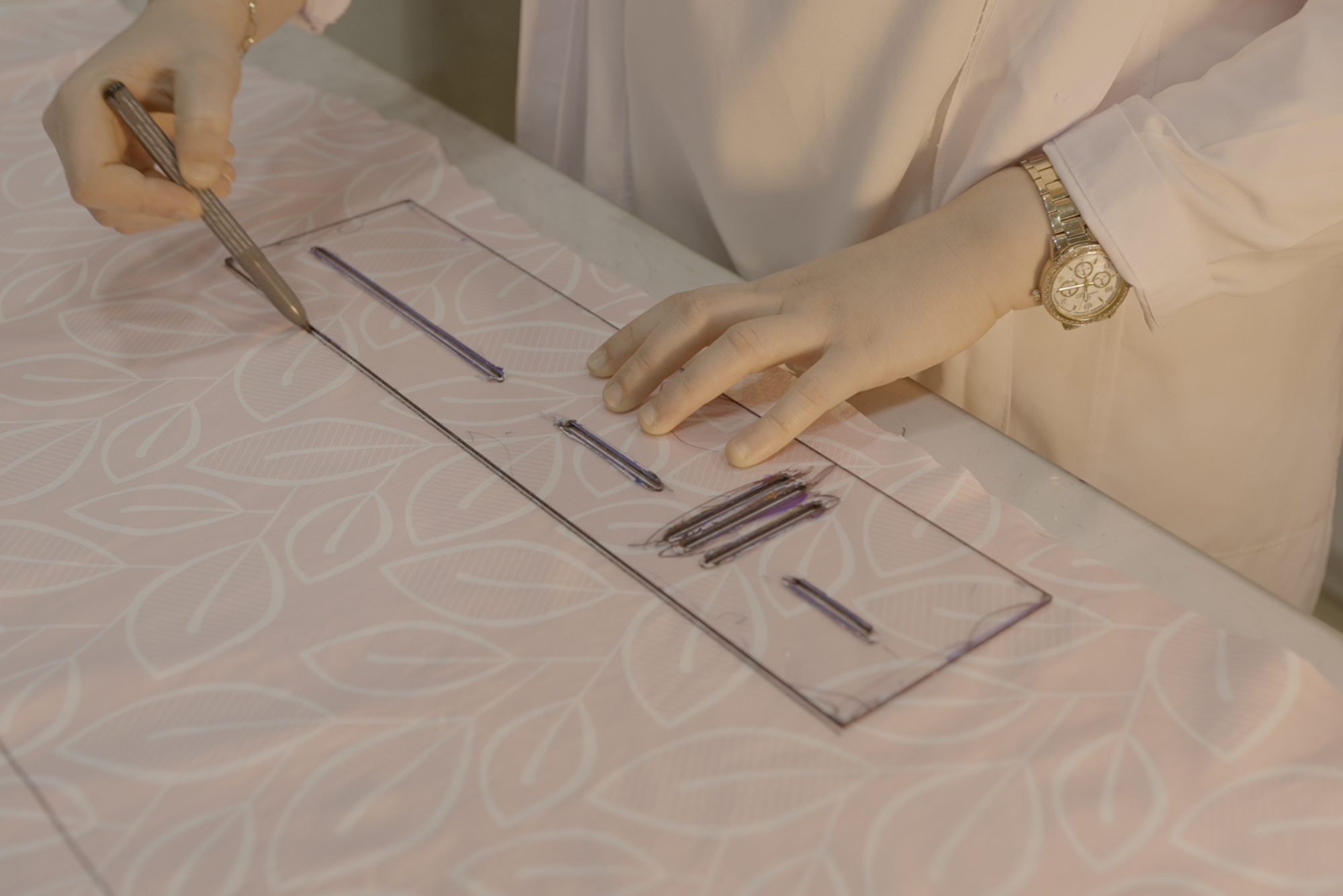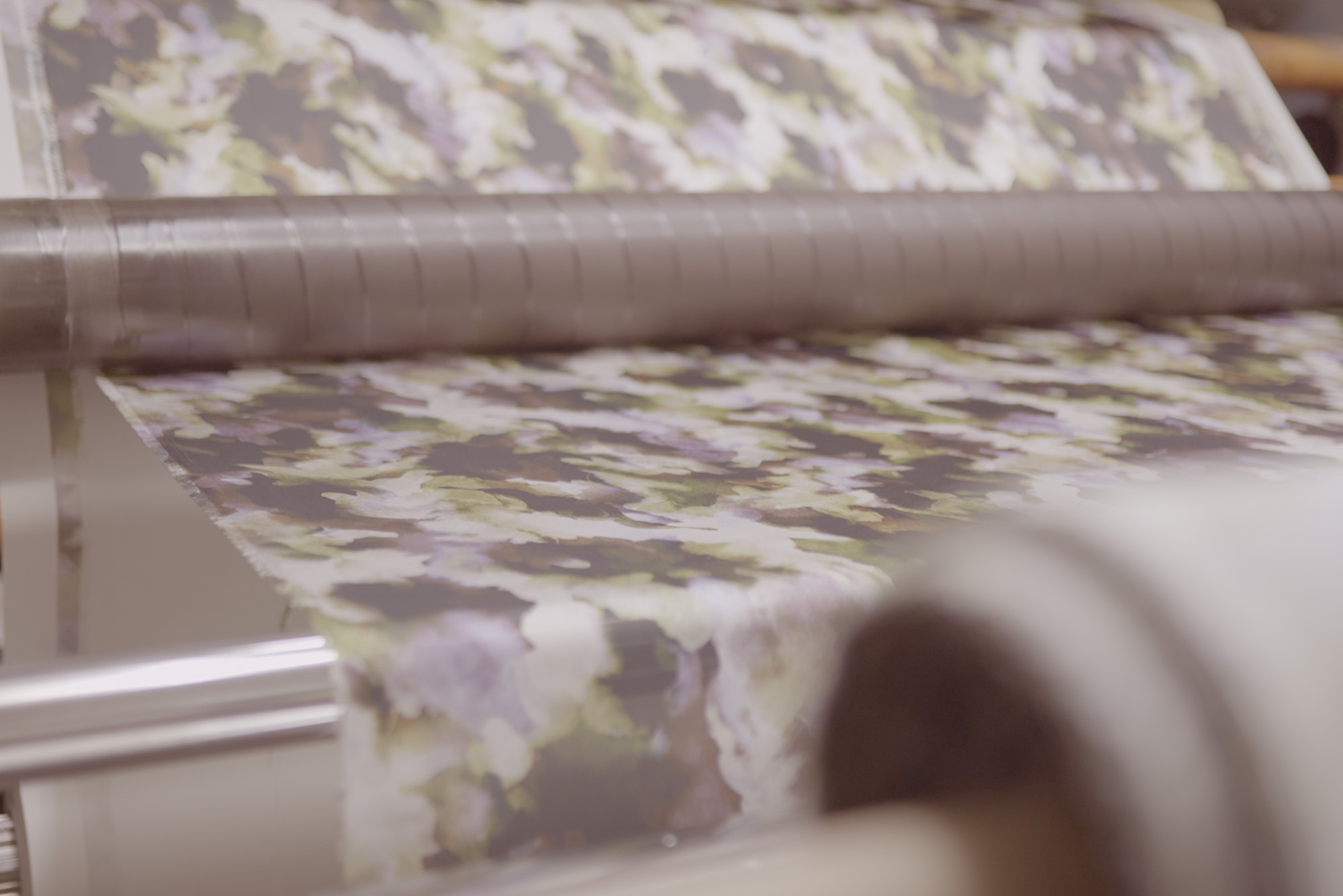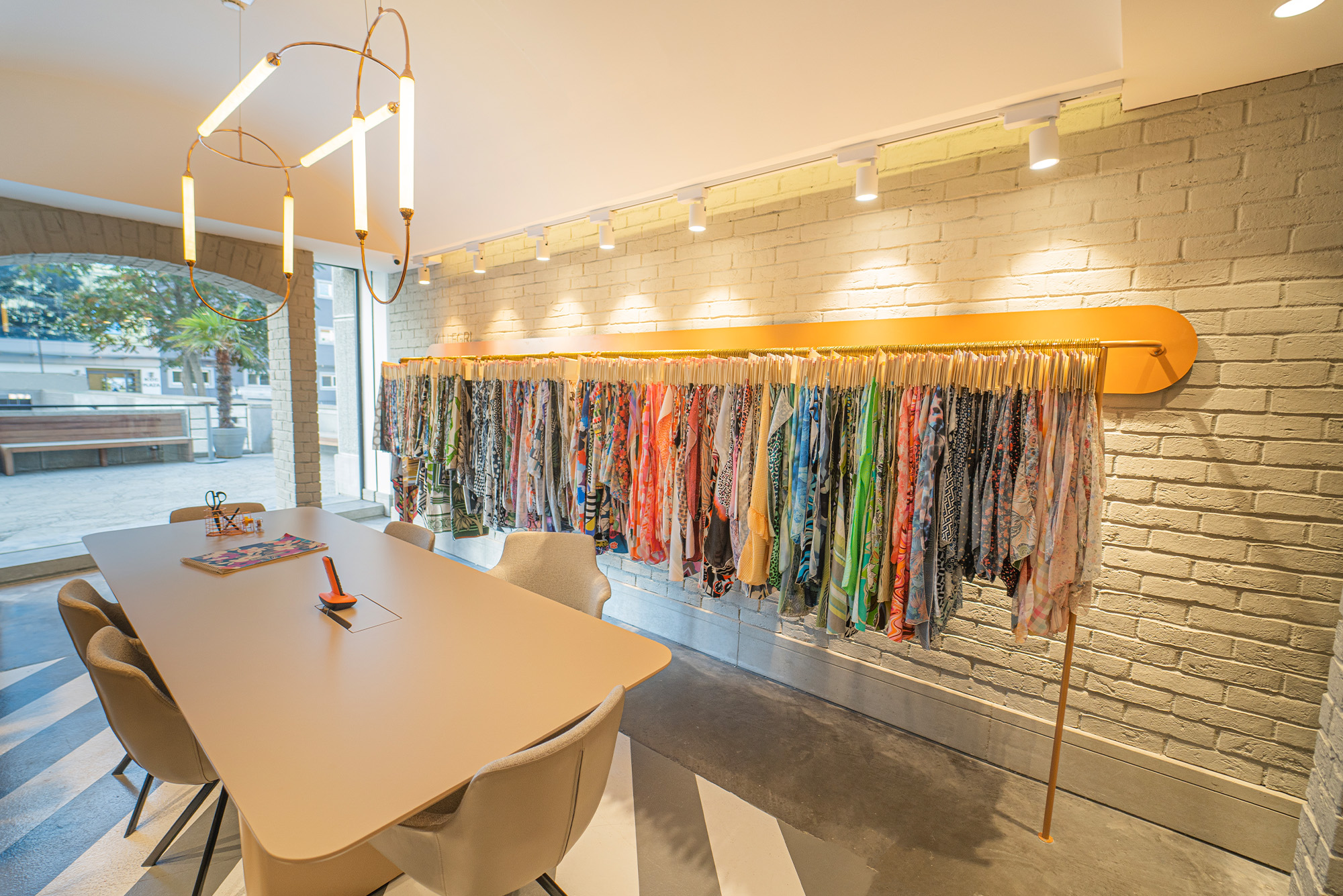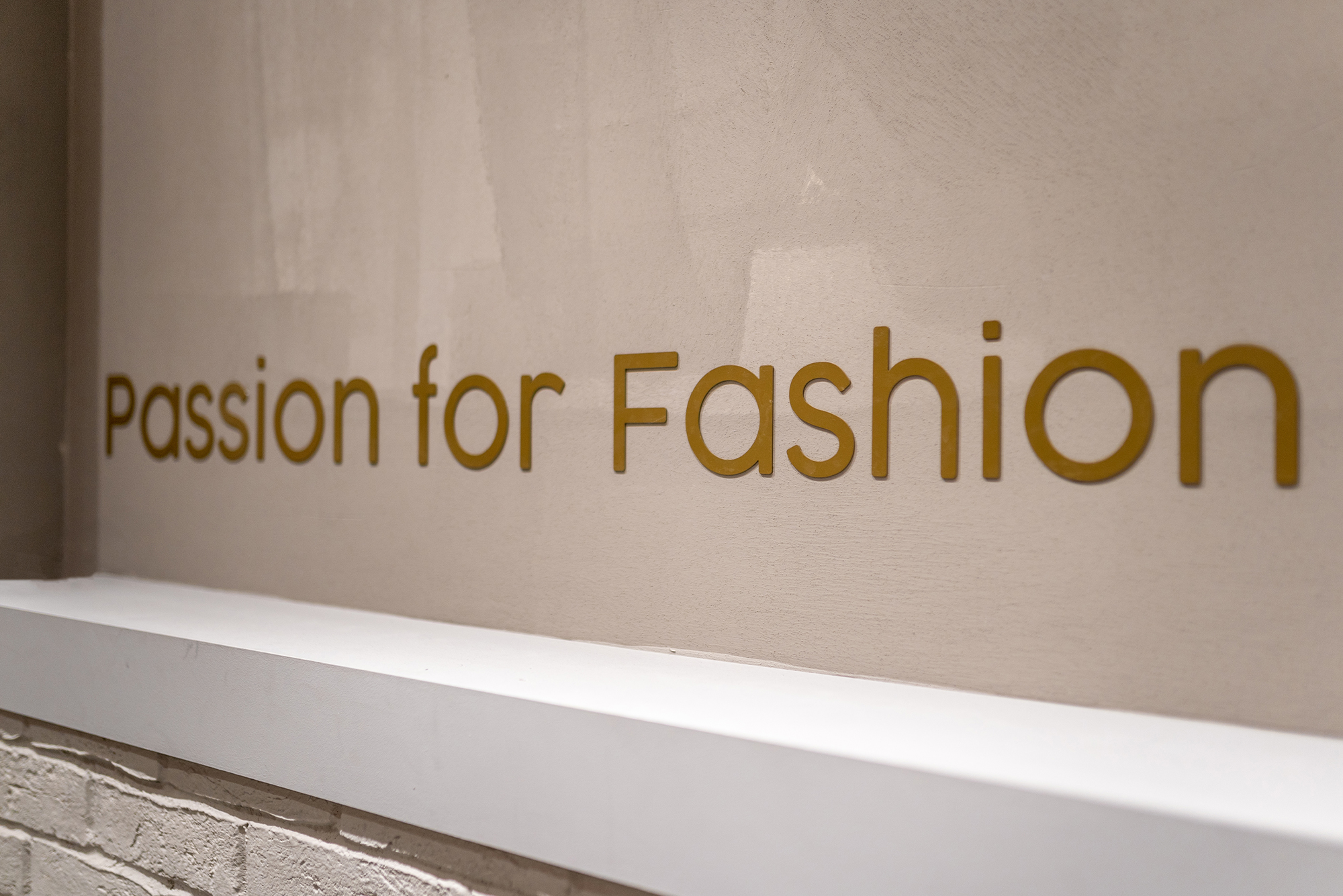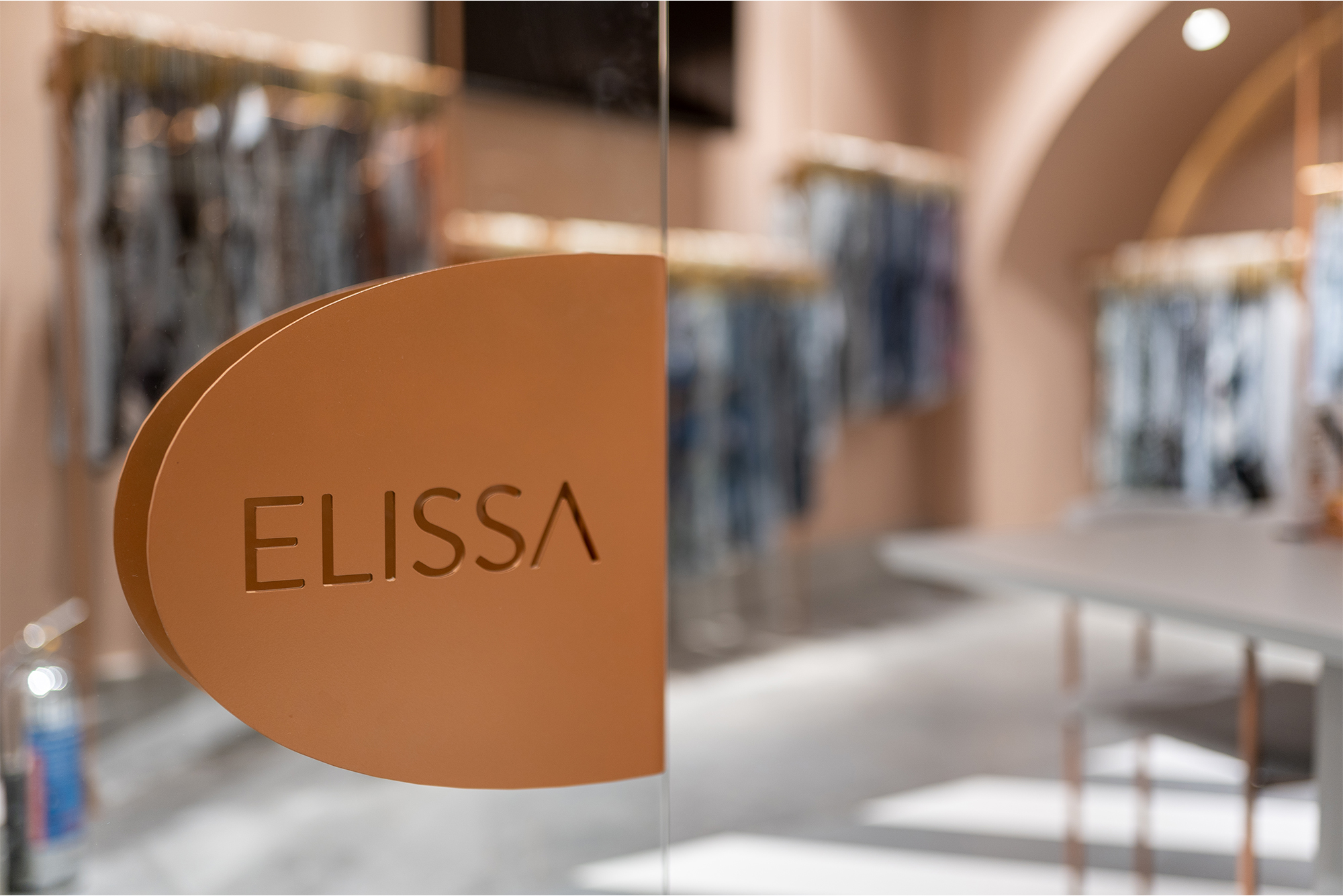The Secret to Designing Stronger Surface Patterns
What is the theme of my design?
The theme is the overall subject for the design. For example, it could be an underwater theme, a holiday design, a spring floral or a nautical design.
What motifs can I draw and how will they complement each other?
Brainstorm the literal elements you can draw in your theme. To ensure the motifs work well together, select ones that are paired together like salt and pepper and rainbows and clouds.
What is the tone/feeling I want to convey? Is there a story to be told?
Do you want your pattern to be sweet or sophisticated, wild or calming, silly or nostalgic? Or maybe you want to elicit an emotion by telling a story in your design like adorable dogs getting a bath, showing serene birds flying in formation above trees or creating a sense of adventure with a drawing of a treasure map.
How will people be using my design?
Are you designing for fabric? Maybe you’re designing for something like wallpaper, gift wrap or apparel. All of the above? Is it in a sophisticated living room? Designing for a nursery? Imagine what it will look like when completed and how it will be used. This will help you select colors, decide which motifs to draw and scale the design appropriately. Find even more tips on designing for products.
Who am I designing for?
Do you see this design on a hipster kid or would your design be appealing to a plant lady? Maybe you’re designing for an animal lover! By considering who you are designing for will help you identify and target your ideal customer.
Mood Boards & Motifs
Mood boards help you gain clarity on the style, theme and tone of your design. Collect imagery on the theme you have selected. I recommend gathering them together on a board or multiple boards to help inspire ideas for your design. Pinterest is a great place to create a digital mood board.
Once you’ve completed your mood board, it’s time to start working on your design elements, also referred to as motifs!
Before you get started, brainstorm a list of motifs for your theme. You can use your moodboard research to discover motifs and start drawing or painting the ones that resonate with you. Creating strong motifs will greatly improve your pattern. Here are some tips you can try:
Draw your motifs at different angles.
Adding different angles like side views, from the back, top view or front view add depth to your design.
Vary the scale of your motifs in your composition.
Make some design elements small, some medium and some large. Balance them out by arranging them next to one another in different scales. Making them all the same size creates a dotted pattern with no movement (unless they are placed tightly together). Varying scale gives it visual interest and allows your eye to move around the pattern.
Consider how you can add personality to your design.
Draw elements that tell a story or hide things for the viewer to find in the pattern, draw people or animals interacting with the motifs, draw scenes or make it funny and quirky.
Vary the motifs in style, layout (see below!) and execution in the composition.
Overlap some elements and separate others, draw some motifs as line art and some as solid colors, draw elements in different mediums, put a pattern in a pattern or add words in the overall pattern.
Design Layout
Once you have the motifs drawn, you can arrange them into different pattern layouts.
Tossed Patterns
A tossed pattern looks like the motifs are randomly tossed up in the air, but there are variations you can make to the basic toss to improve its composition.
Take note of the spacing between your motifs. The tighter the space, the busier the pattern. To make it less busy, make the motifs all the same size or use less colors to refine it.
A tossed design with more negative space, also referred to as a loose toss, can be balanced but in some cases too simplified or predictable. To remedy that, consider the motif tips above to add visual interest: storytelling, varying the motif sizes and adding personality. You can also fill in the negative spaces with smaller elements or line art.
If there is too much negative space, add a tonal pattern to the background to add depth.

